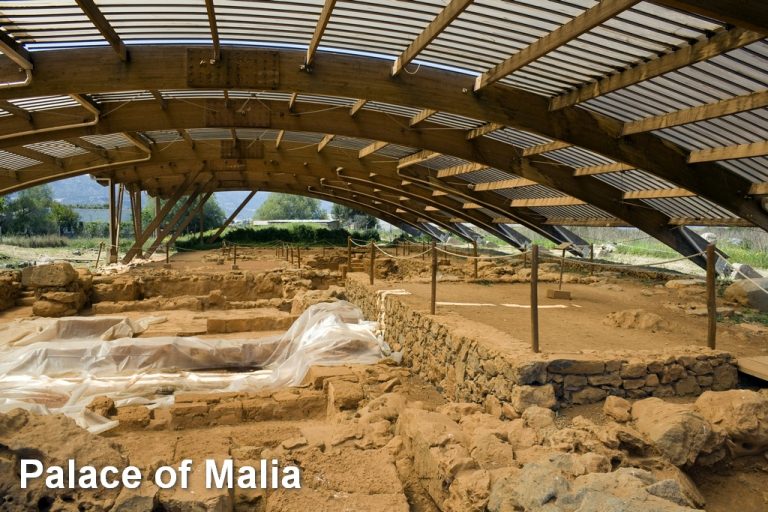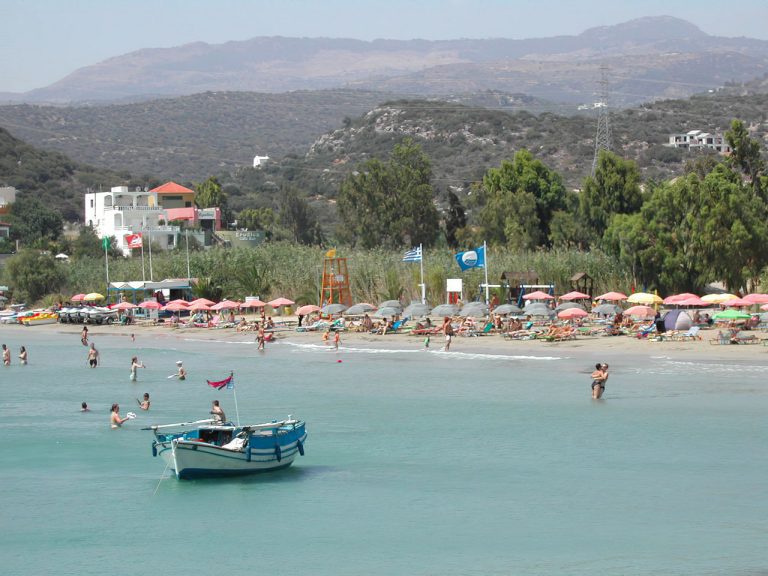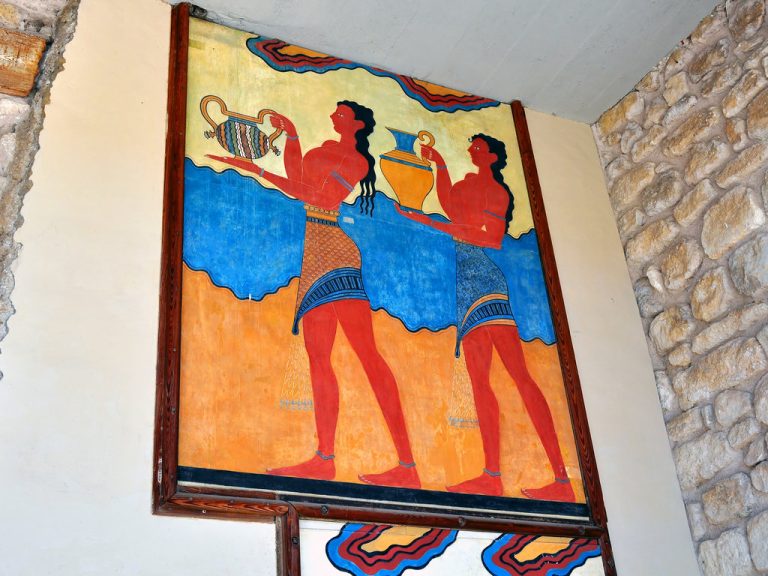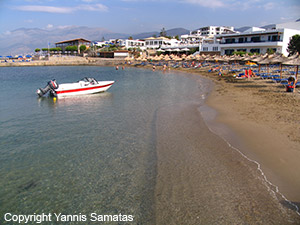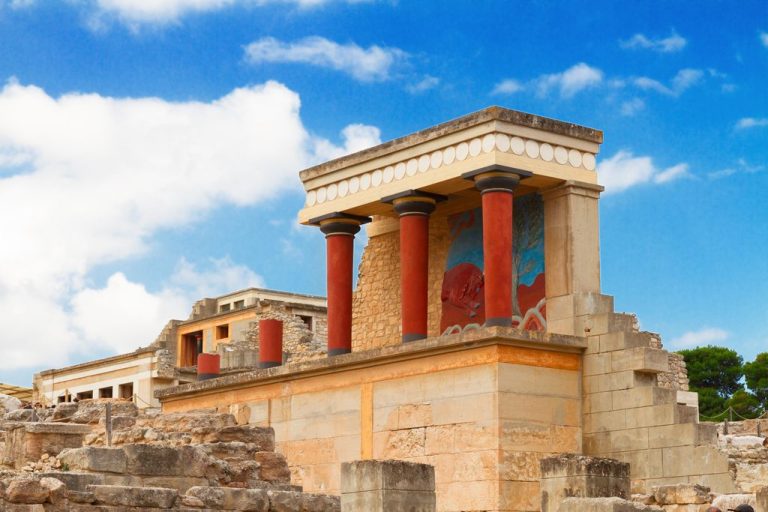Bull-leaping fresco
Bull-leaping was the favourite sports of the Minoans. It was a ritual practised mostly by young men and women, a spectacle memorialised in the frescoes at Knossos Palace.
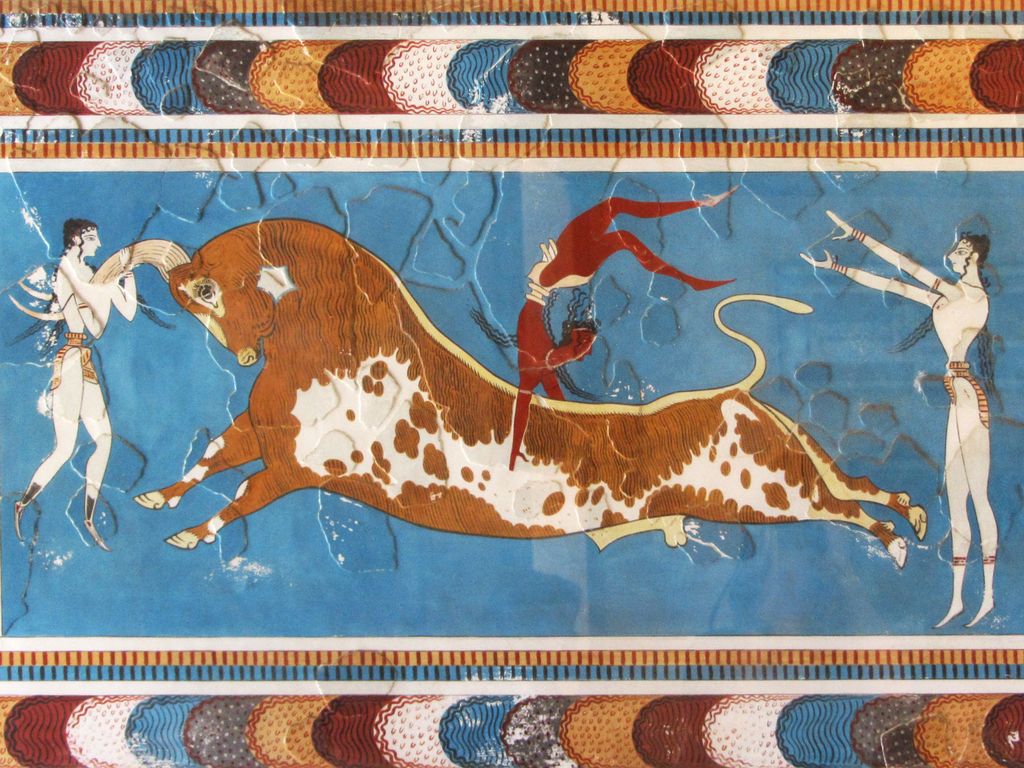
Bull Leaping was a local sport, during which the athlete had to execute jumps over and on the bull. It usually took place during celebrations and it was a ritual dedicated to God Apollo. Opposite from modern (Spanish) bullfights, bull leaping did not demand the killing of the bull; the main goal here was to designate the courage and gallantry of the participants. Four daring men and women were in the field, trying to control the bull. One of them had to jump on the bull and perform several exercises holding the bull’s horns, such as acrobatics and somersaults. At the end he had to leap – jump over the bull.
The three techniques of bull leaping
There are actually three known techniques:
- According to the first, the athlete had to seize the horns from the front and land on the bull’s back, flipping over the rear of the bull so as to land on the ground.
- According to the second, the athlete had to jump from an elevated position over the head of the bull, land on the bull on his hands and then flip back and land on the ground on his feet.
- According to the third technique the athlete approaches the bull from the side, grasps the horns and performs the acrobatics. Performers were characterized as noble men and women.
From what we see in the frescoes and paintings found at the Palace of Knossos, there are no hints of violence or death. The bull was actually a sacred animal and was never to be killed or tortured in any way. Among the findings are also several seals and the small ivorine figure statue of the bull leaper, which can be found at the Archaeological Museum of Heraklion in Crete. More paintings have also been found in other parts of Greece, such as Pylos and Tirintha as well as in Smyrne in Minor Asia.
Bull-leaping is the predecessor of the bull fights as we know them in Spain. In fact, Spaniards introduced the practice in the 18th century.

